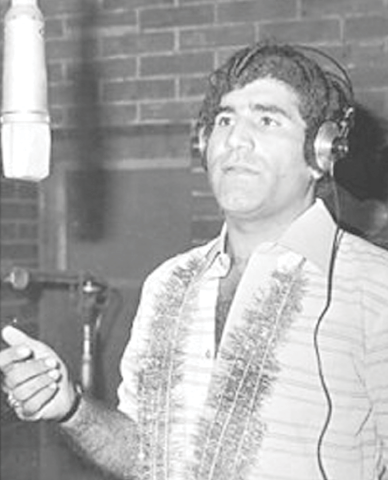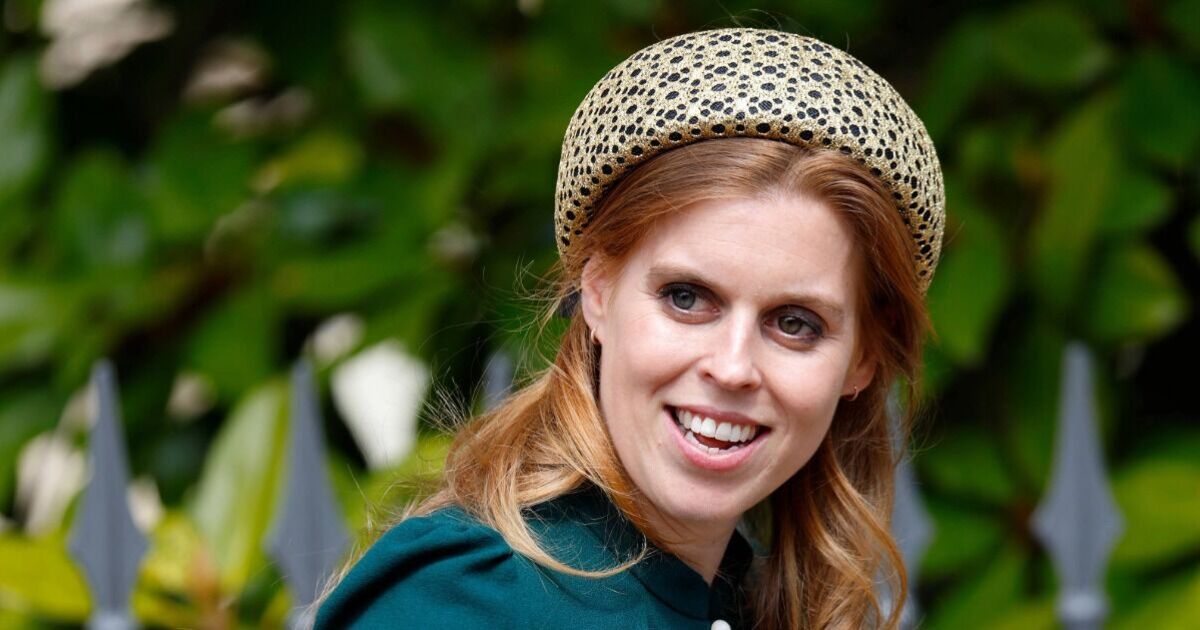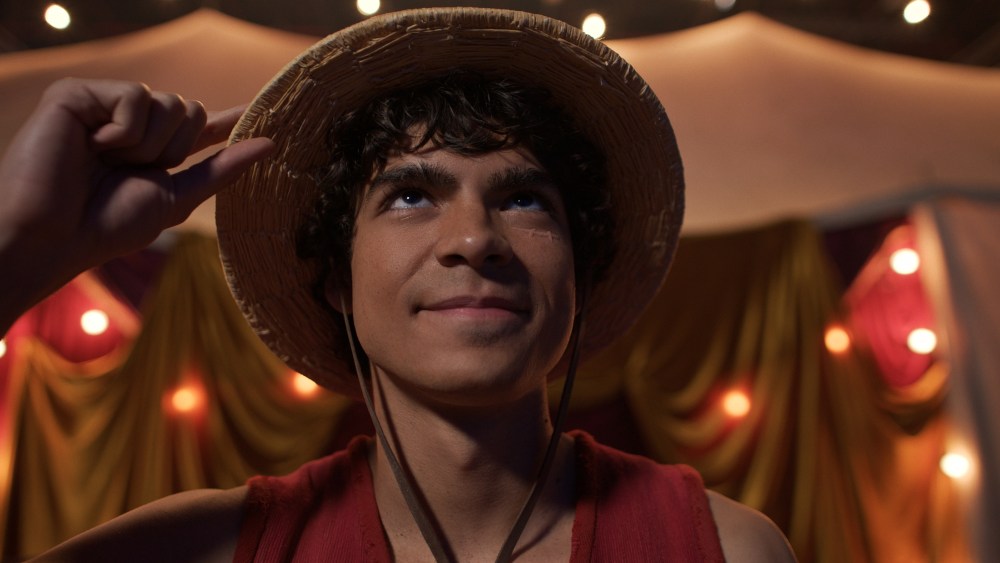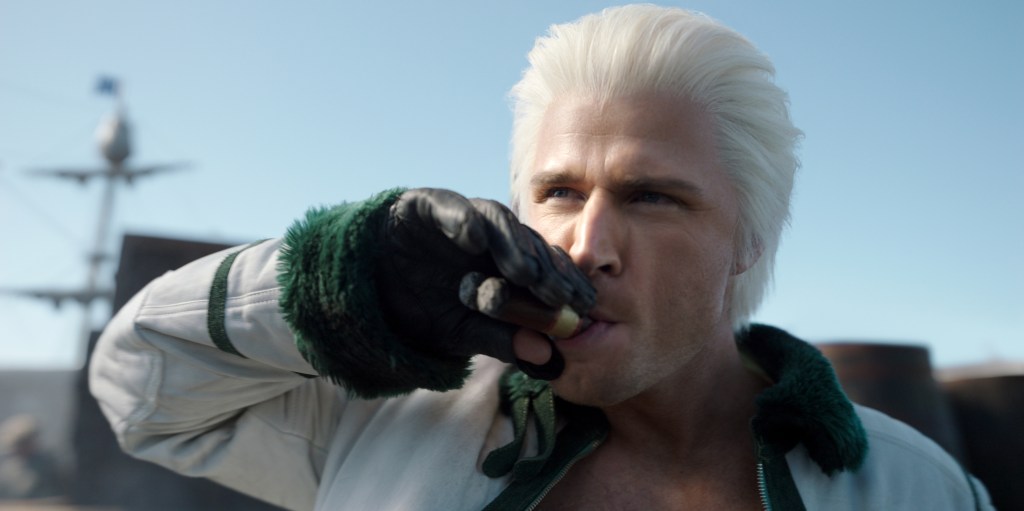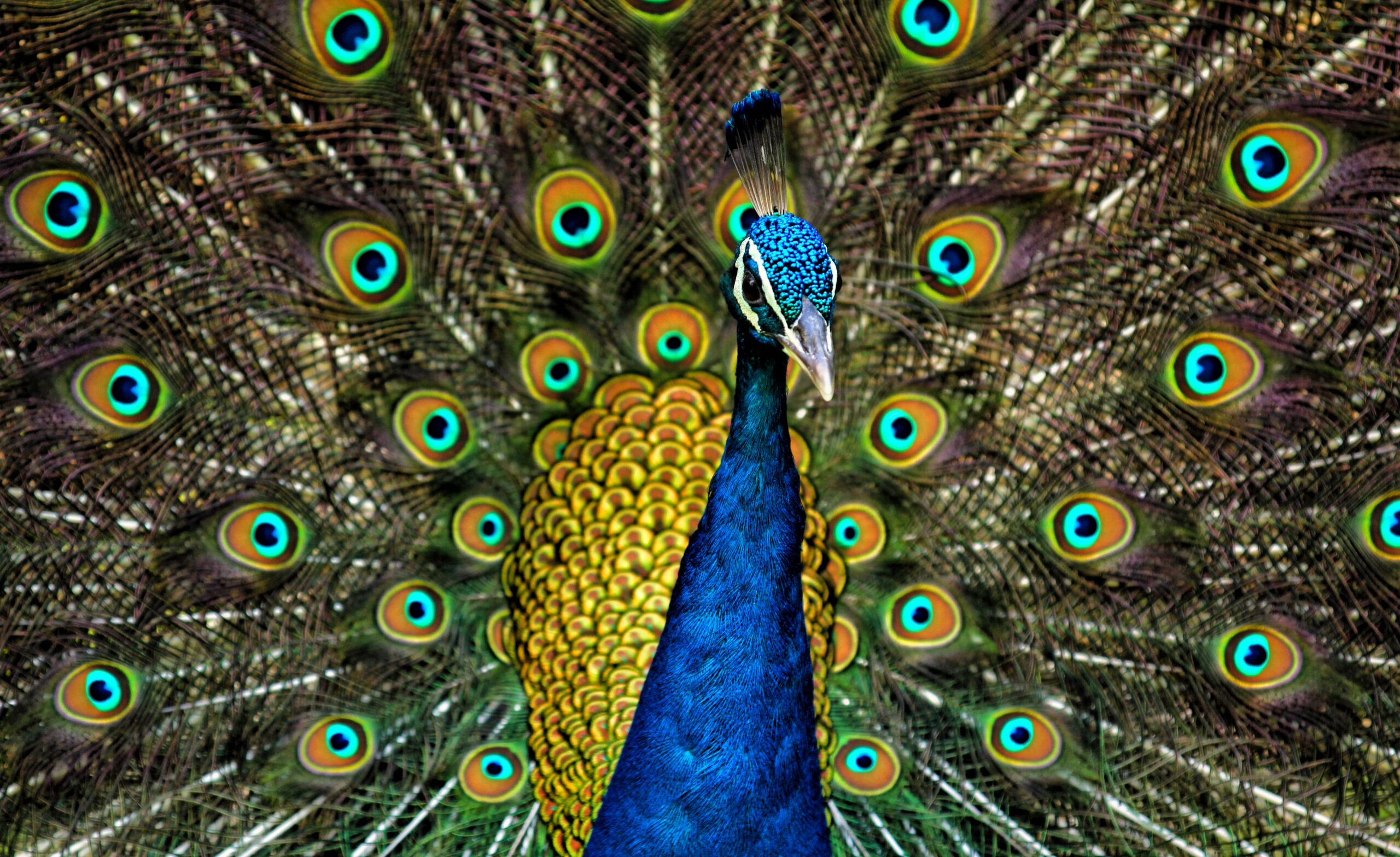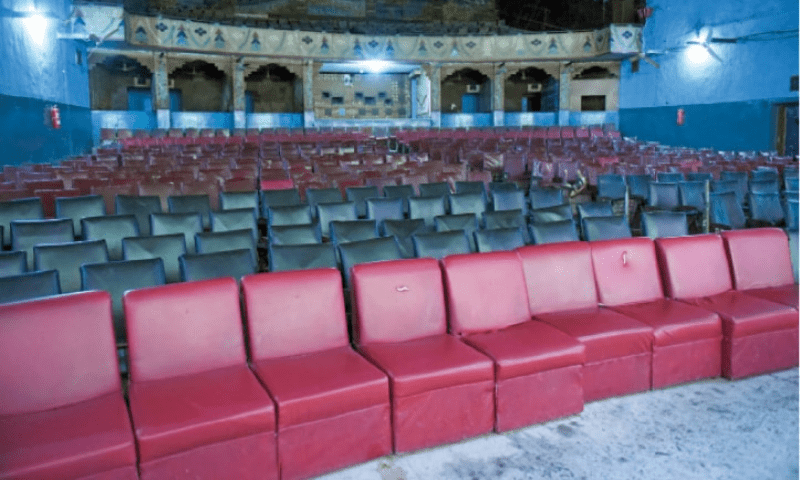Mohammed Rafi remains the gold standard in the world of playback singing. Legendary Bollywood producer/director Manmohan Desai once called him the “Voice of God” — a testament to Rafi’s unparallelled blend of technical brilliance and extraordinary versatility. He didn’t merely sing songs — he breathed life into them, till his death on July 31, 1980.
Rafi’s bond with Lahore was deep and enduring, dating back to when he first captivated audiences at the age of 13, during the coronation of King Edward VIII at Minto Park. Though he eventually moved to Bombay to pursue the growing demands of playback singing, Lahore never forgot its favourite son. Even 45 years after his passing, Rafi’s distinctive style continues to inspire generations in the city that first recognised his brilliance.
In the late 1950s, Mohammed Rafi’s influence swept across the youth of Pakistan. With hits such as Shammi Kapoor’s Yoon Tau Hum Ne Laakh Haseen, he emerged as a cultural icon for a generation coming of age in the wake of Partition. Singers such as Ahmed Rushdi and Saleem Shahzad — who migrated to Pakistan in search of newer opportunities — shaped their singing careers in the shadow of Rafi’s towering legacy. Yet, it was homegrown talent Masood Rana who stood out most distinctly.
Rana had captivated audiences with stage performances that echoed Rafi’s emotive brilliance, followed by similar endeavours in films. Like Rafi, he was celebrated for his ability to hit high notes and his versatility across musical genres. His defining moment came when he replicated the iconic songs from Dosti (1964), originally composed by Laxmikant-Pyarelal, for Tassaduq Hussain’s Hamrahi (1966).
Mohammed Rafi’s iconic voice inspired many copycats, including many singers who scaled the heights of fame themselves. It continues to echo long after his passing, in voices performing his classics and keeping his memory alive in living rooms across the Subcontinent
He soon became the go-to voice in Lollywood for soulful renditions — especially sad songs, background scores and title tracks. With the rise of Ikhlaq Ahmed (1970s-80s), Masood moved to Punjabi films, as Ikhlaq was not a mere imitator but also embraced Rafi’s emotive and captivating vocal style in a better manner.
Ikhlaq Ahmed began his career by performing Rafi’s songs on stage, and gradually carved out his own space in the industry. Over time, he captured the market with his unique voice, and continued to deliver hit songs right up until his final days. One can easily identify him and Ifrahim dancing in the background, with Shehnaz Begum singing ‘Aao Chalain’ for PTV in 1973.
Ikhlaq was lucky, as producer/actor Nadeem, who had a deep appreciation for music, felt that Ikhlaq’s voice suited him perfectly. In addition, music director Robin Ghosh preferred Ikhlaq over Masood Rana for playback singing.
By 1965, another Rafi-like voice surfaced in Pakistan — Muhammad Ifrahim. Originally from Delhi, he arrived in Pakistan for a short visit but, after hearing his captivating voice, the brother of then President Ayub Khan urged him to stay on, promising opportunities in the local music scene. The ‘brother’ vanished after some time and Ifrahim found it hard to find a firm footing in the local film scene.
Unlike Ikhlaq Ahmed, Ifrahim struggled to find suitable actors in the industry to sing playback for and eventually moved to Karachi — a city brimming with life, energy and creative possibilities. Ifrahim became best known for his heartfelt and powerful patriotic songs, which earned him lasting recognition.
His hit ‘Zameen Ki Goad Rang Se’ turned him into an overnight sensation. Trained directly by Rafi in India, Ifrahim claimed to be his only formal student — initiated through a formal ceremony. After two years of rigorous instruction, he emerged as a confident singer, fully immersed in Rafi’s style.
In an earlier interview with Icon, the 80-year-old had fondly recalled his time with the legendary maestro: “It still feels like a dream — learning from Rafi Sahib,” he had told me. “I was introduced to him through a mutual friend, and Rafi Sahib kindly took me under his wing. Everything I am today, I owe to him.”
If you recall the songs from the 1981 film Kala Dhanda Goray Loag, starring Waheed Murad and Asif Khan, you might recognise a voice strikingly similar to Rafi’s. That voice belonged to Mehboob Pervez Chauhan — a UK-based singer and music director, who also claimed to be a disciple of Rafi.
Mehboob not only composed the music but also sang nearly all the tracks. From the romantic ‘Woh Jo Roothay Zamana’ and the upbeat ‘Yeh Hawa Yeh Fizaa’, to the folk-inspired ‘Chhalla’ and the energetic ‘Jawani Teri Kya Hai’, Chauhan channelled Rafi in every note. Even the not-included-in-the-film ‘Ae Meri Jaan-i-Tamanna Mere Mehboob-i-Khayal’ carries Rafi’s timeless signature.
After Rafi’s passing in 1980, Chauhan tried to break into Bollywood but struggled to find a foothold. Similarly, certain lobbies in Lahore made it nearly impossible for the London-based artist to establish a presence in Pakistani cinema.
One Pakistani singer who briefly crossed over was Saleem Shahzad. A veteran and a regular on TV, radio and in jingles, Saleem had been around since the 1950s. On a visit to Bombay in 1981, he impressed music director Laxmikant-Pyarelal, who offered him a song in Jeevan Dhara (1982). The son of renowned poet Azeem Premragi, he took on the screen name Saleem Premragi, lending his voice to Raj Babbar in the melancholic track ‘Duniya Se Jo Main Ne Liya Hai.’
However, as the 1980s progressed, the void left by Rafi’s passing was increasingly filled by Indian singers such as Anwar, Shabbir Kumar and, later, Mohammed Aziz — each echoing shades of Rafi. This left little space for Pakistani singers to step in as Rafi’s successors In Pakistan, although several singers emerged who paid tribute to Rafi in their own way — some replaced their surnames with ‘Rafi’ out of respect, while others added ‘Mohammed’ to maintain a sense of continuity and reverence in their musical identity.
Today, Mohammed Rafi’s legacy survives in voices such as Khalid Baig’s and others heard performing Rafi’s classics in private shows, keeping his memory alive in living rooms across the Subcontinent.
Published in Dawn, ICON, August 10th, 2025
